Sportwissenschafter
Nowadays carbohydrates are often seen as something negative and are labelled as “fattening”. However, this is a very one-sided view, because carbohydrates are an important energy supplier for the human body. However, a distinction between healthy and unhealthy carbohydrates should be made.
In this blog post we will not only review the most important facts about carbohydrates, but also explain how you can recognize where bad carbohydrates are hiding and how you can recognize the good ones among them.
Good vs. bad carbohydrates – what you have to consider
Healthy carbohydrates are so-called polysaccharides, i.e. long-chain carbohydrates that allow your blood sugar level to rise evenly and thus supply you with energy over a longer period of time.
This type of carbohydrate is mainly found in grains, potatoes and legumes in the form of starch.
In contrast, the “bad” carbohydrates are those that raise your blood sugar level, provide you with energy only for a short period of time and thus not only cause ravenous appetite attacks but can also be the main cause of weight gain.
These carbohydrates are described in technical jargon as mono- or disaccharides and are mainly found in the form of fructose, crystal sugar or lactose.
So much for the most important facts and terms on this topic.
What the nutrition table tells us about the quality of carbohydrates
The nutritional information is mandatory for all food manufacturers – you will find it on every food package.
There are seven mandatory items of information relating to a quantity of 100 grams or 100 milliliters: energy value, fat, saturated fatty acids, carbohydrates, sugar, protein and salt.
It is also possible, but not obligatory, to indicate other nutrients (fibre, vitamins, etc.).
The nutritional labelling is usually found on the back of the product packaging and is presented in tabular form. This helps us to get a good overview of the nutritional values and subsequently cover our daily requirements of carbohydrates, proteins, fats and co.
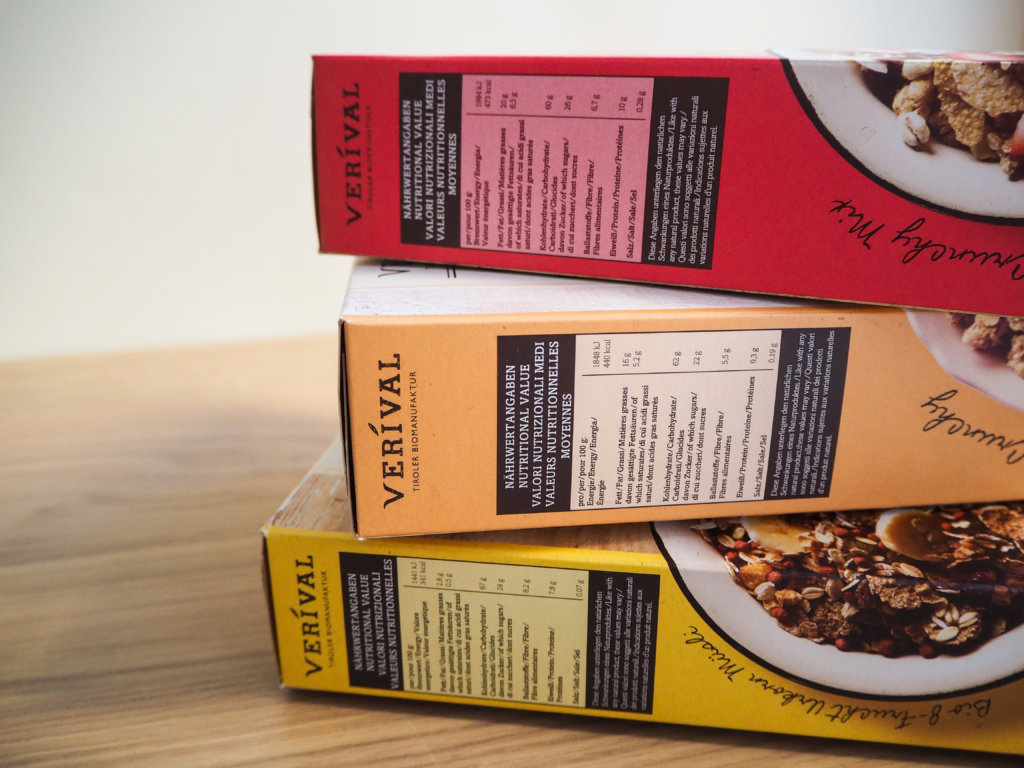
For us, carbohydrates and the sugar content are of particular importance if we want to distinguish “good from evil”. While the term “carbohydrates” covers all types of carbohydrates that humans can digest, the term “sugar” only describes monosaccharides and disaccharides. Thus, you can recognize which type of carbohydrate is involved and can select your products accordingly.
However, there is one small thing to note – because not all sugars are the same. Whether and to what extent sugar is harmful to the body needs more explanation.
Sugar – artificially added or natural?
As already mentioned, a distinction must also be made within the types of sugar. For example, you cannot tell from the nutritional value table whether it is added sugar or naturally contained sugar.
However, there is a way to tell whether the sugar is artificially added – this is indicated in the list of ingredients. Added sugar is often hidden behind terms such as dextrose, sucrose, fructose syrup or maltose.
Honey, agave syrup and other sweeteners can of course also be used. In contrast to the other artificially added sugars, these provide some healthy micronutrients – nevertheless, they should only be consumed in small amounts, as sugar-rich foods all have very similar effects on the body.
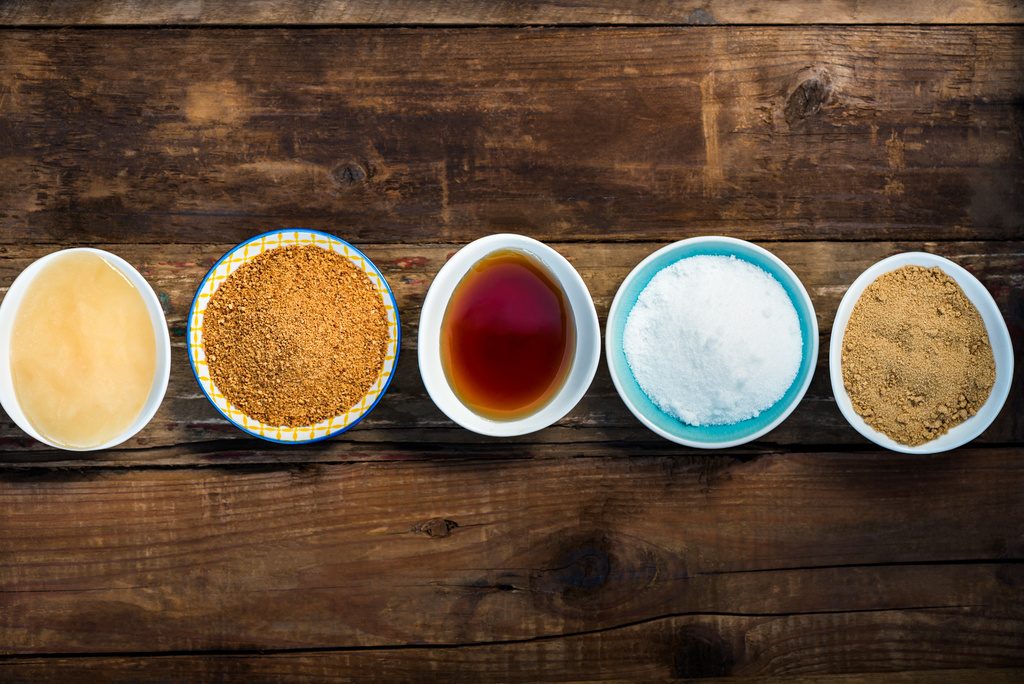
For example, foods with a high sugar content cause the blood sugar level to rise faster than complex carbohydrates and saturate only for a short time, as they are digested particularly quickly due to their short-chain structure.
Nevertheless, it is a better choice to fall back on products that use for example honey or dried fruits as sweeteners, as these sweeteners, in contrast to classic artificially added sugar, are not only natural but also superior in all nutritional aspects.
At Verival, we watch out for sugar in our products. Our porridges and mueslis contain only small amounts of sugar – usually in the form of freeze-dried fruit.
Pay attention when it comes to diets
The nutritional information and the list of ingredients are particularly important for people on a diet. This is because the limited calorie intake or the avoidance of certain foods means that not only macro but also micronutrients are lost. Especially in the very popular low carb diet, not only important dietary fibres, but also vitamins are lost due to the reduction of carbohydrates.
In order to prevent a deficiency, one should therefore pay particular attention to analyzing the ingredients and nutritional values of the few carbohydrate sources.
Oat flakes or oat bran, for example, are particularly rich in micronutrients and especially in dietary fibres, which among other things form the basis of our porridges.
Good carbs vs. bad carbs at a glance
Even if you can now see for yourself how to distinguish good carbohydrates from bad ones, we would still like to give you a brief overview of some alternatives to common (unhealthy) carbohydrates:
| “Bad” carbohydrates | Alternatives |
| White bread, rolls etc. | Wholemeal bread, crispbread etc. |
| Sweetened cereals | Sugar-free muesli or porridge |
| Sweetened fruit yoghurts | Natural yoghurt with fresh fruit |
| Snacks such as gummy bears, chips etc. | Fresh fruit, dried fruit, nuts etc. |
Recommended articles
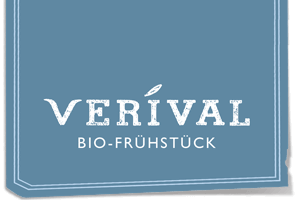







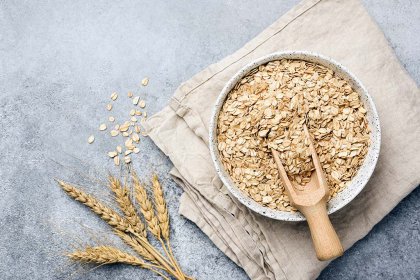
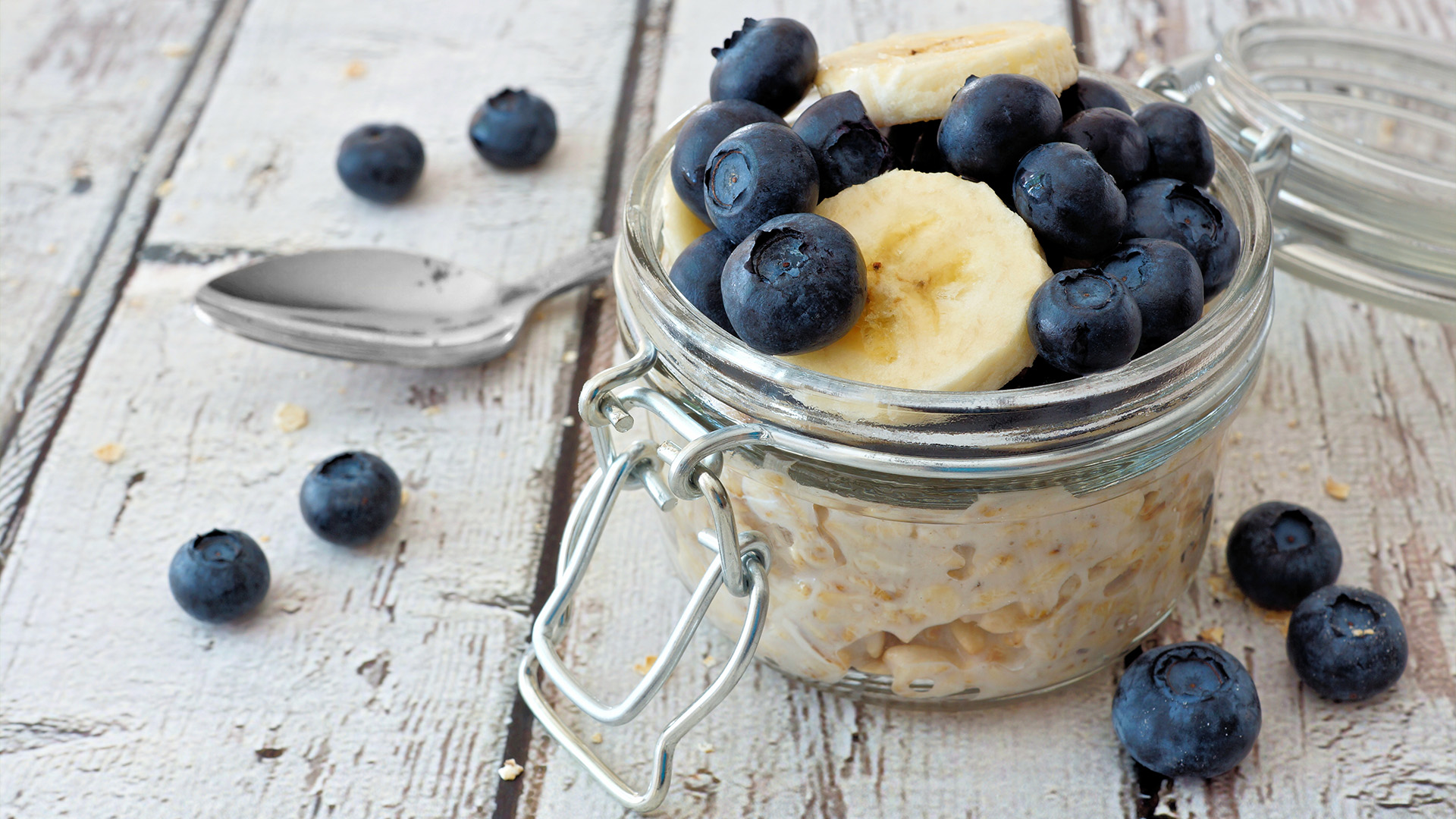
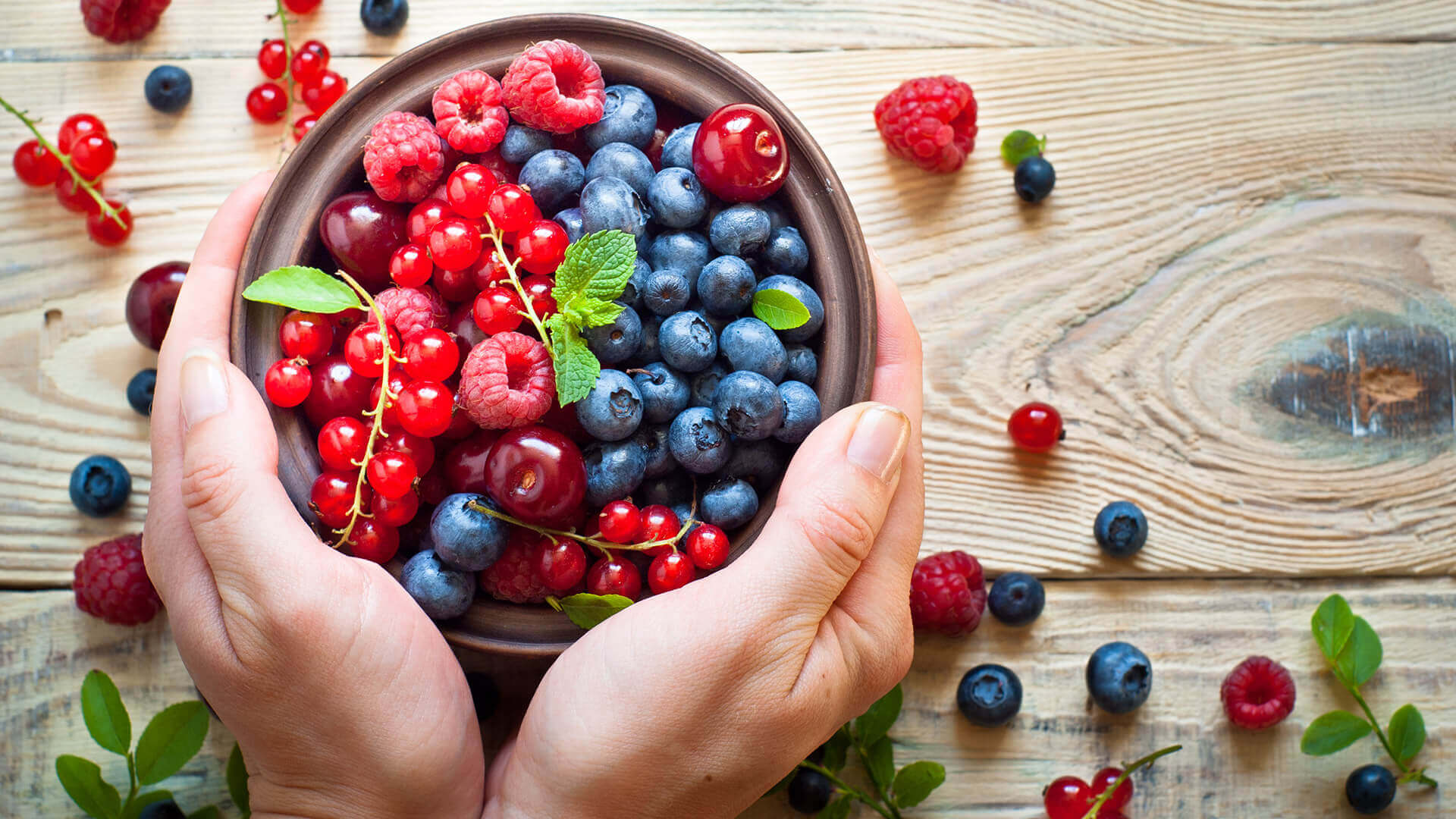


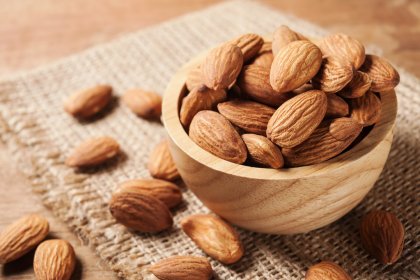

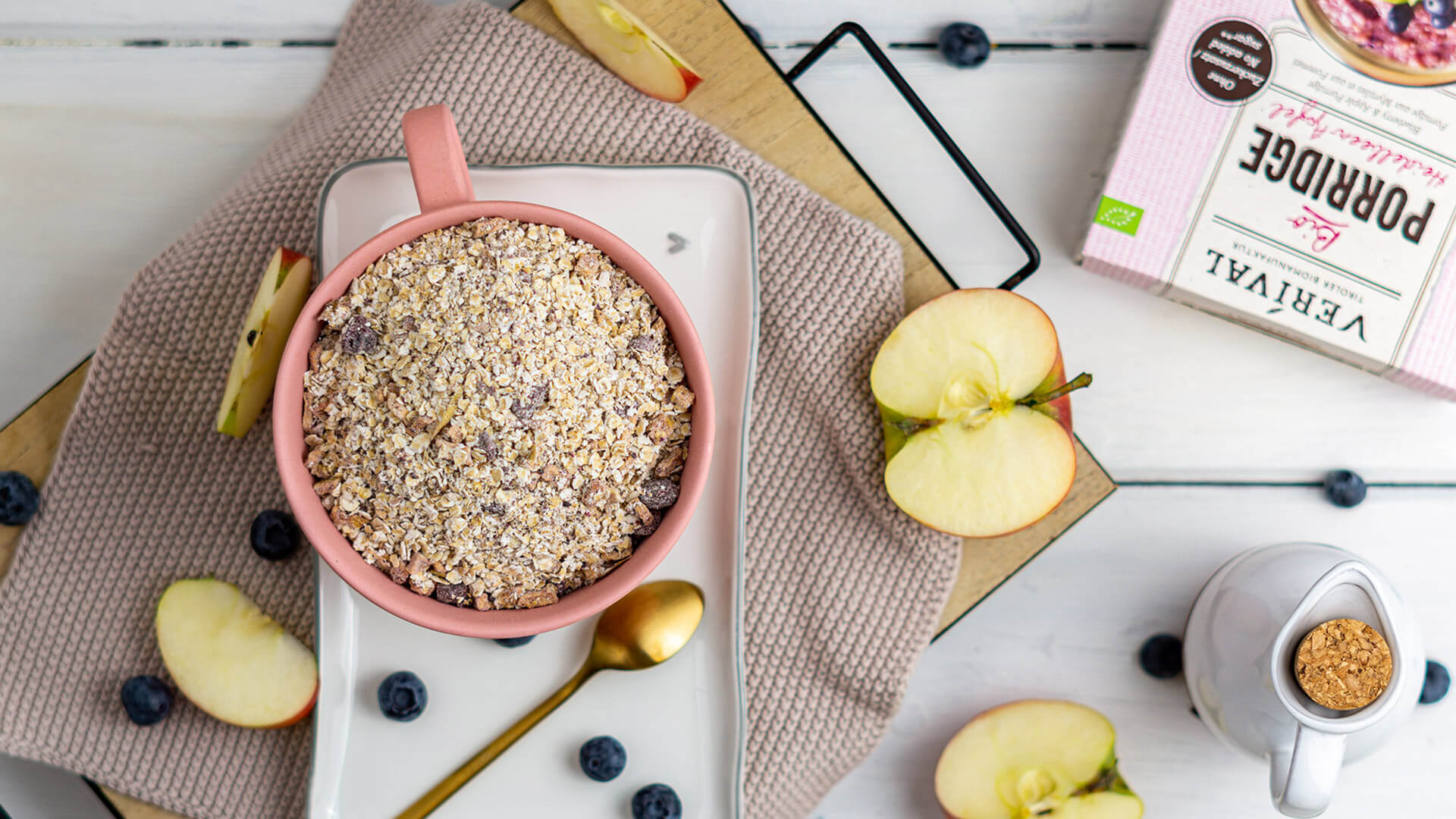
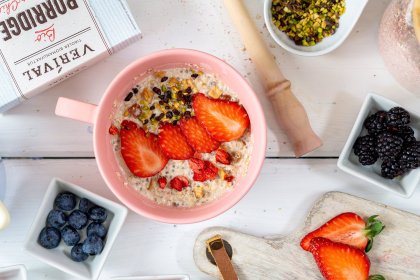
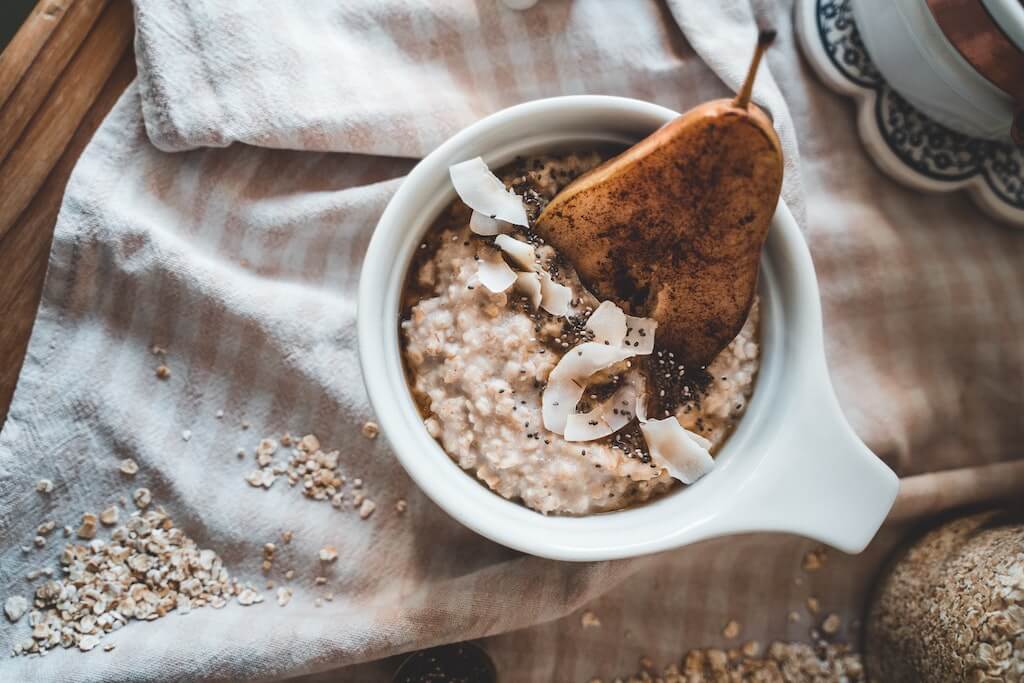
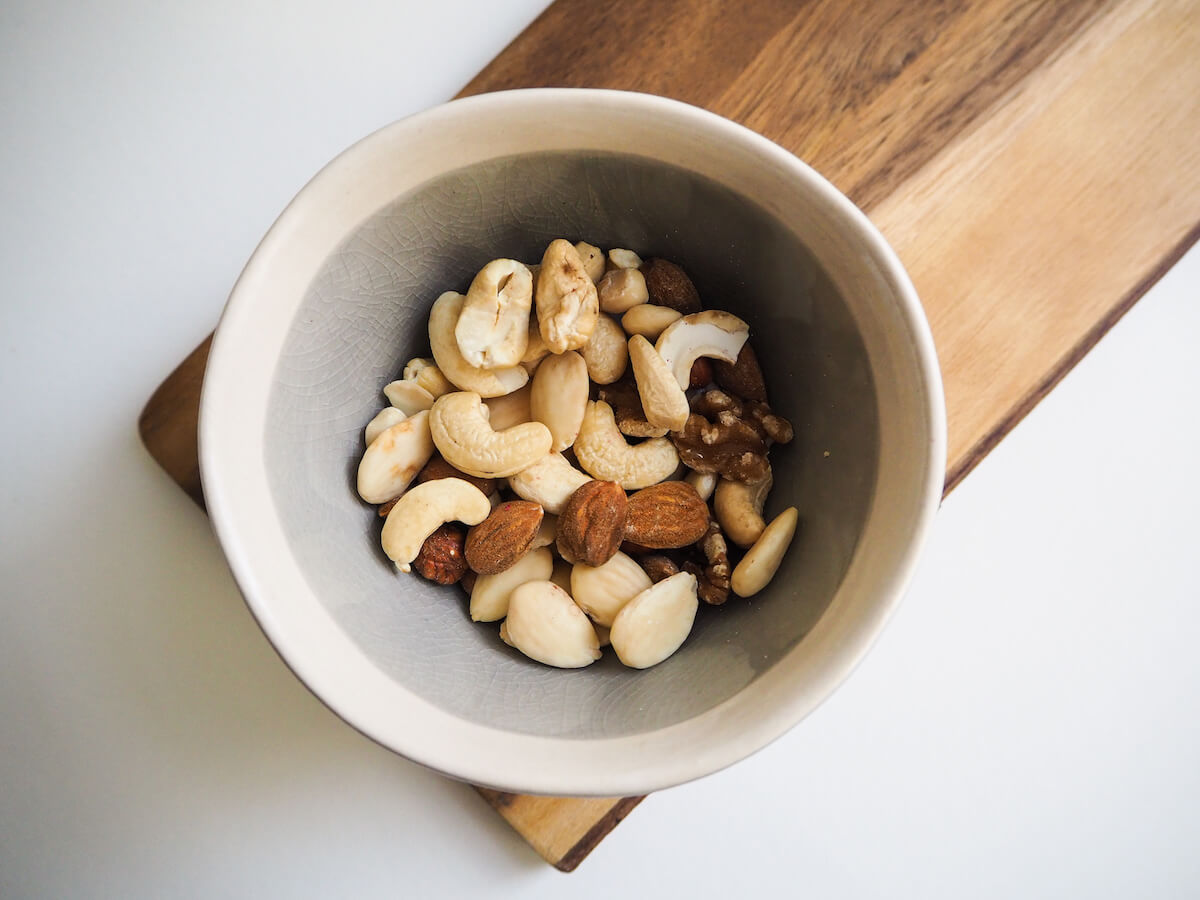

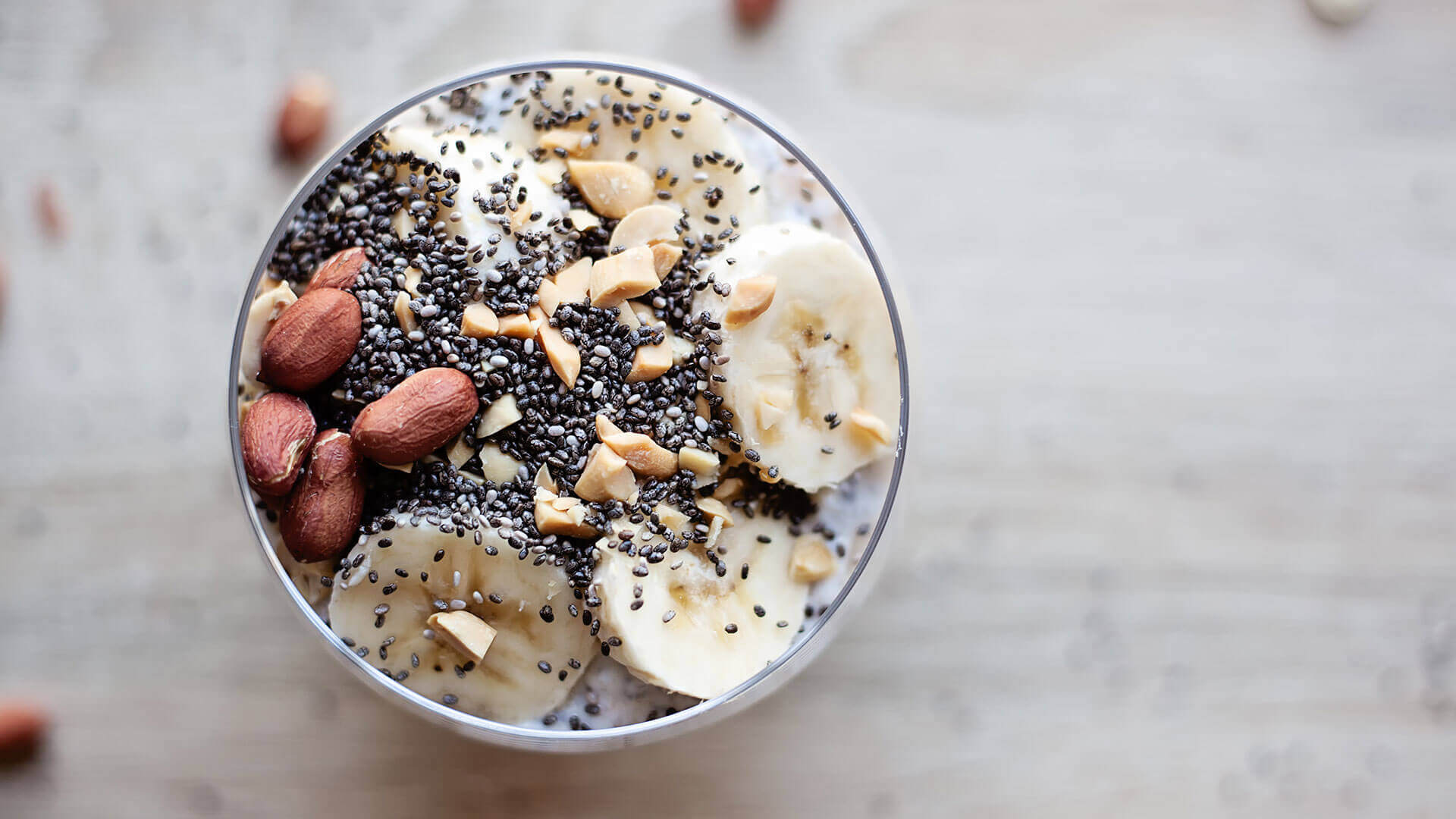

Do you like this post? Share it with friends: